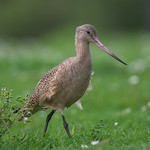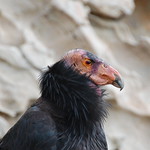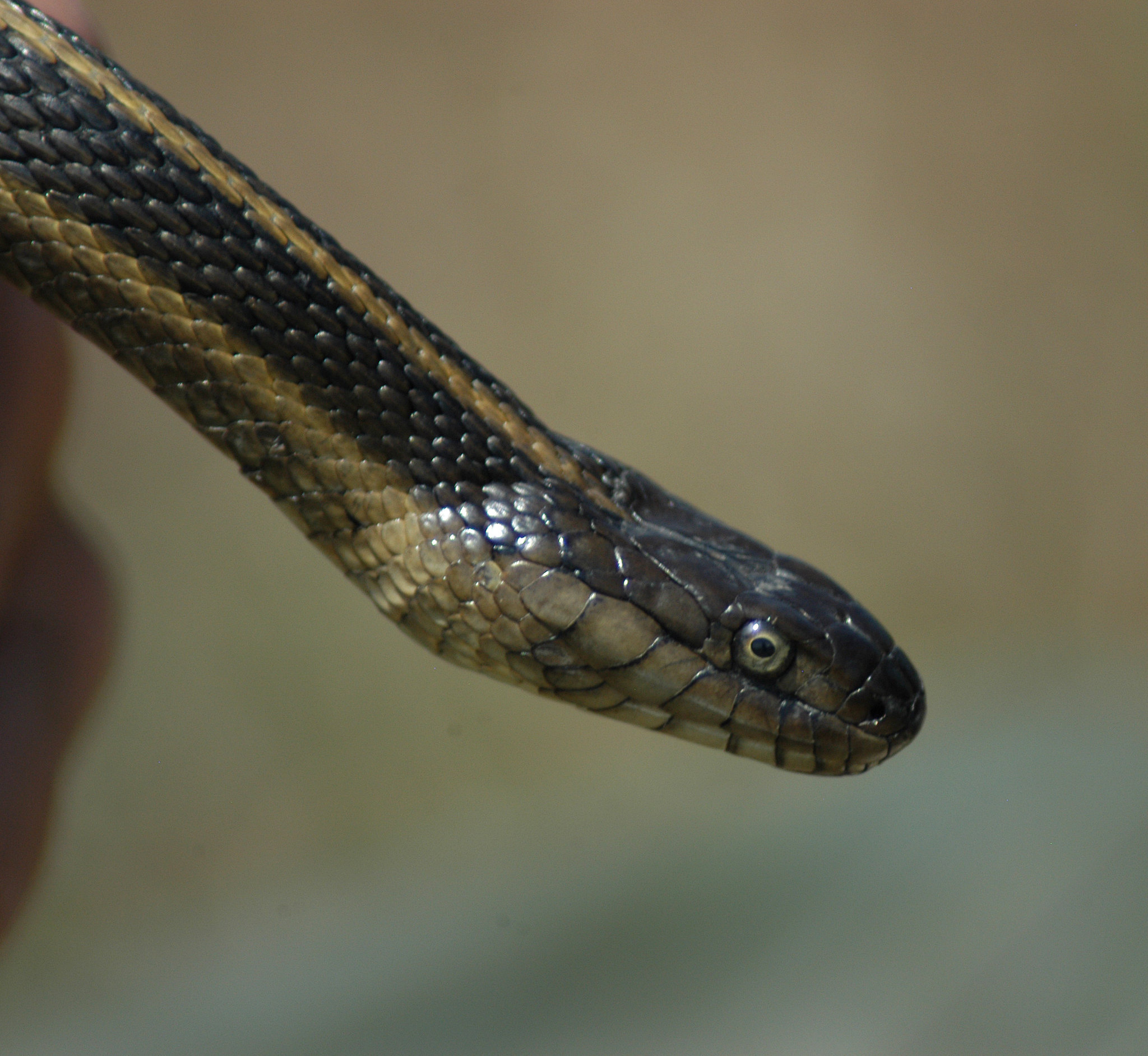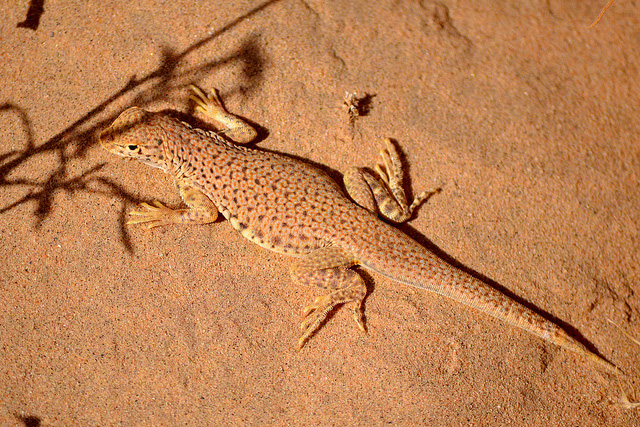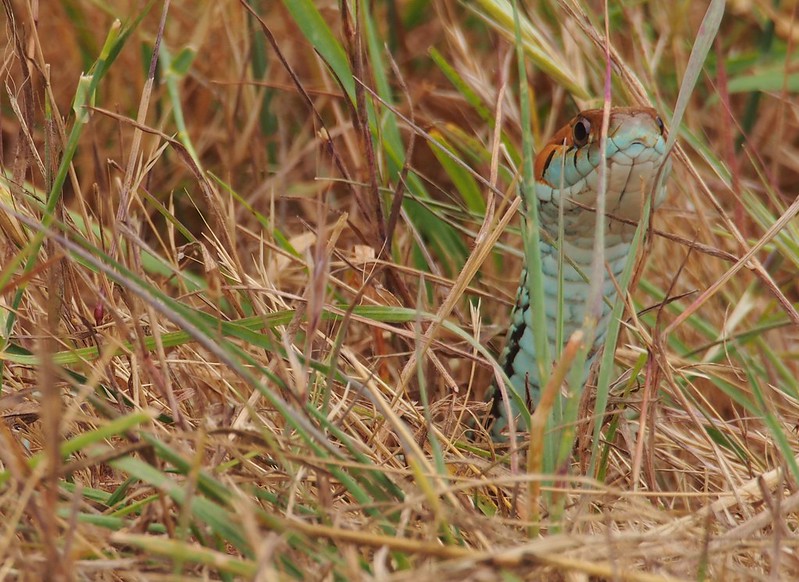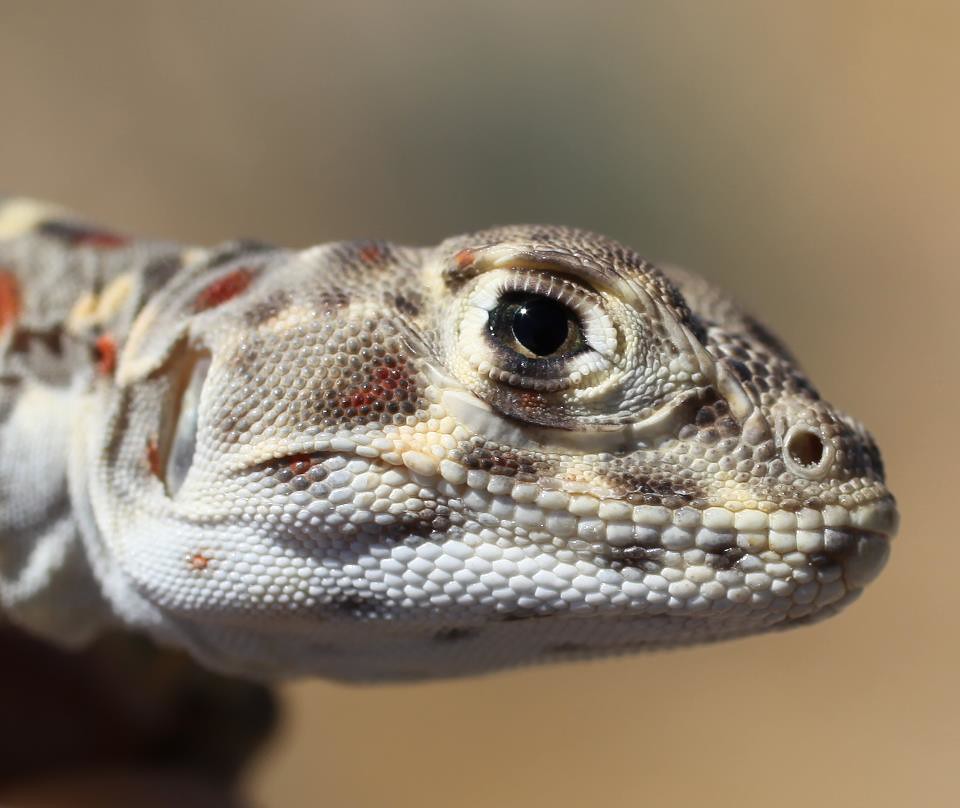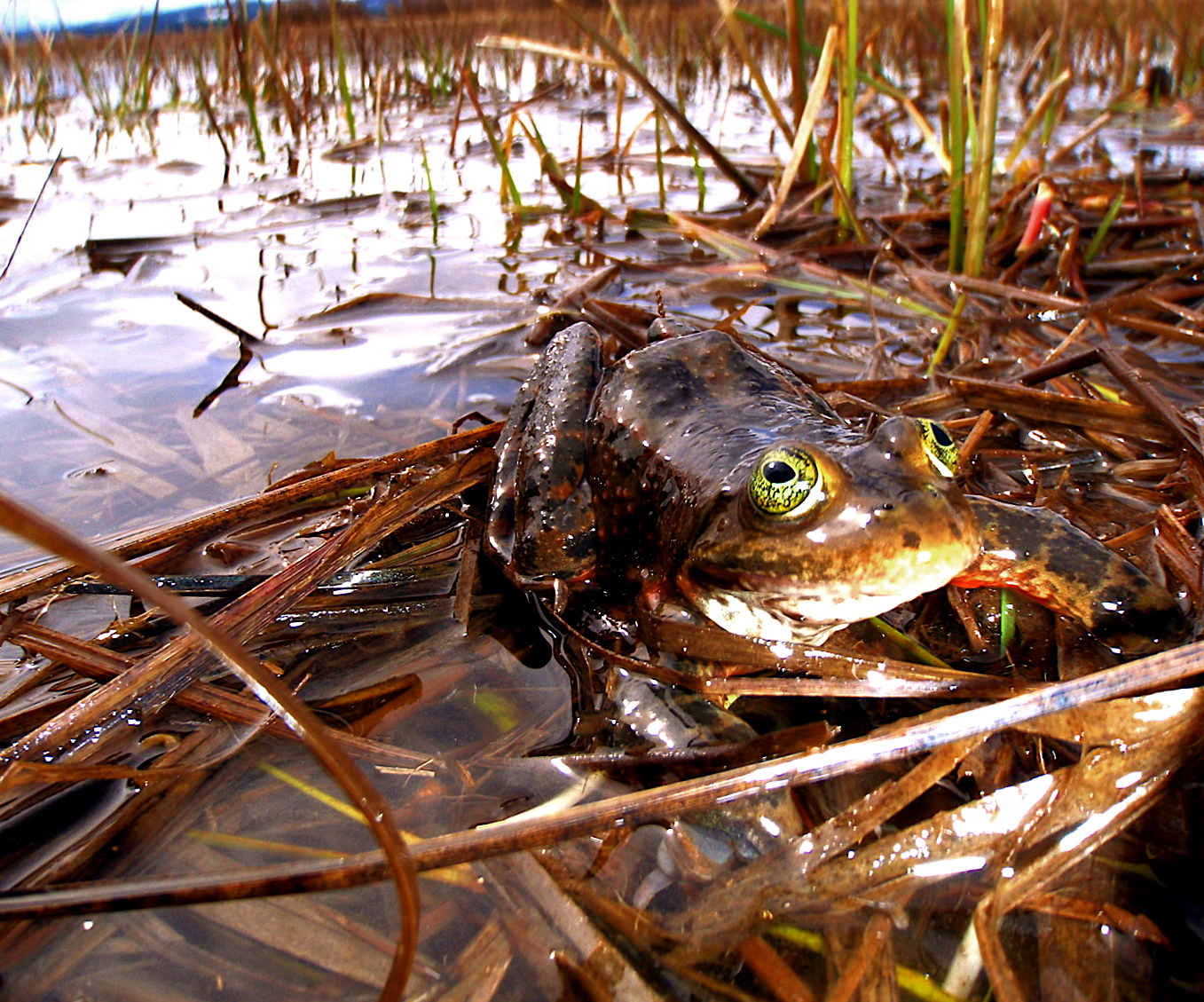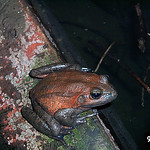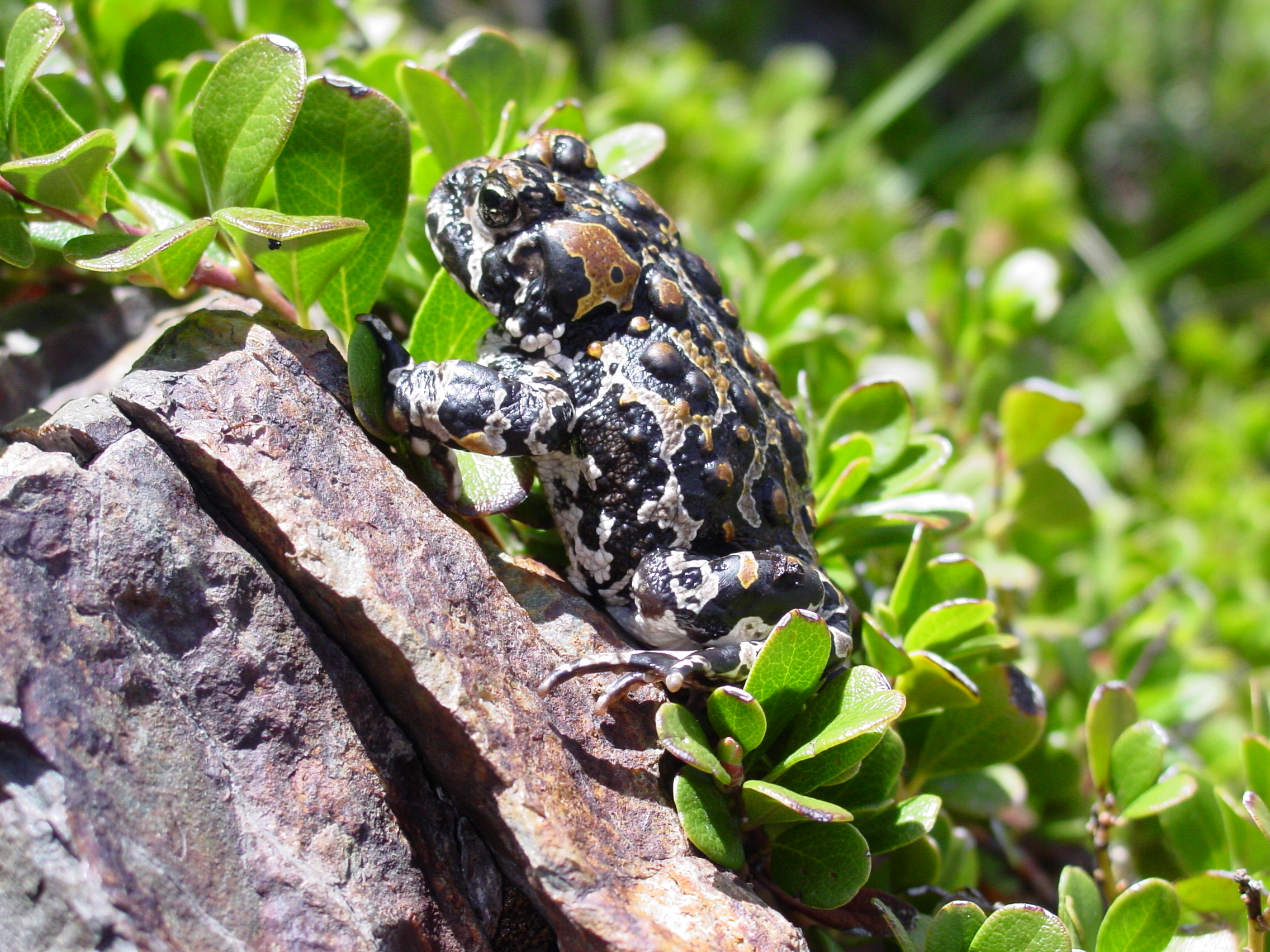California Ridgway’s rail (Rallus longirostris obsoletus) occur almost exclusively in tidal salt and brackish marshes with unrestricted daily tidal flows, adequate invertebrate prey food supply, well developed tidal channel networks, and suitable nesting and escape cover as refugia during extreme high tides. Results
California Condor (Gymnogyps californianus)
Giant Garter Snake (Thamnophis gigas)
Alameda Striped Racer (Masticophis lateralis euryxanthus)
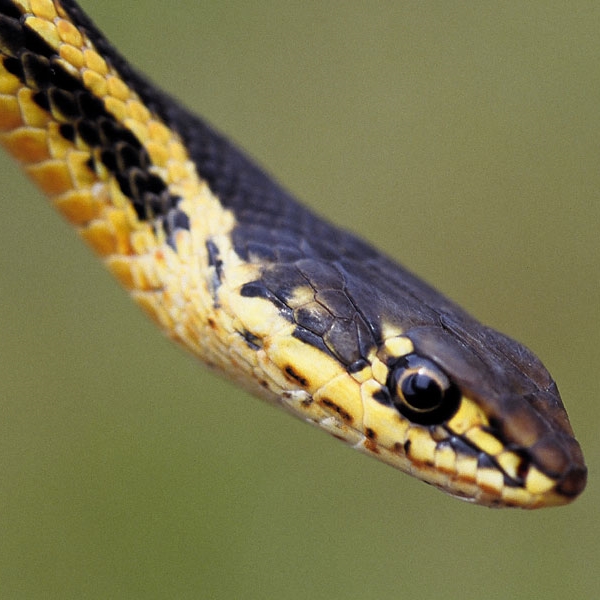
Alameda striped racer (Masticophis lateralis euryxanthus) is commonly associated with small to large patches of chaparral or coastal scrub vegetation, interspersed with other native vegetation types and rock lands throughout Contra Costa County, most of Alameda County, and portions of northern Santa Clara

